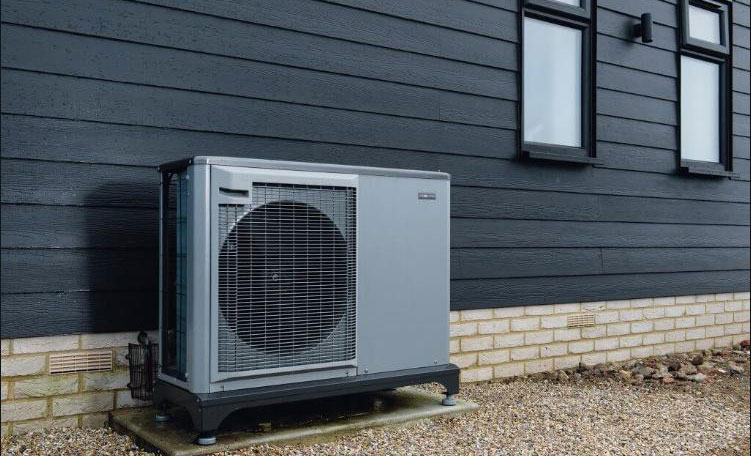How to Make Your Heat Pump Work More Efficiently
A heat pump is a mechanical system that uses a compressor to transfer heat from a room to the outdoor air. The fluid then expands and falls to room temperature, and the process is repeated. Figure 3 illustrates the process of a heat pump. The higher the coefficient, the less work is required to move heat. However, the efficiency of a heat pump is limited by the second law of thermodynamics and the laws of entropy.
To maximize the efficiency of your Heat Pump (Värmepump), make sure that it is running continuously. Your heat pump is designed to run with a certain level of airflow. Changing the thermostat by just one degree can degrade the efficiency of the system. To avoid wasting energy, turn the thermostat back up to its lowest setting before turning it on. To save energy, set the temperature at a comfortable level before leaving the home. This will reduce the amount of electricity that is used to operate the system.
Another important maintenance step is to clean the indoor condensate pan every spring. While it is possible to do some maintenance tasks yourself, it is better to let a service technician evaluate your system to make sure it's operating safely. Regular checks will also allow you to notice problems before they become major. A well maintained heat pump will last for many years. But to make sure that it works optimally, follow these tips. You will not regret it.

For best results, you should turn the thermostat lower than the temperature you feel most comfortable in. While you can crank up the thermostat to keep the house warmer, this will only waste more energy and damage your electric heat back-up. Using a smart thermostat is another way to maximize the effectiveness of your heat pump. These devices have a built-in thermostat that allows you to adjust the temperature on your own schedule. They also help you set a schedule for the comfort of your home.
A heat pump uses a coil to transfer heat from the source to the sink. Sometimes it has fins to increase its surface area. The evaporator is the part of the heat pump that absorbs the heat from the surroundings. The accumulator is the part of the system where the refrigerant is collected. Not all heat pumps have a reversing valve. A reversing valve changes the heating mode to cooling mode, and vice versa.
It is best to let your heat pump run continuously. This is because it was designed to run with a certain amount of airflow. In addition, you should never adjust the thermostat more than one degree at a time. In addition, you should not change the thermostat more than once a day. The higher the thermostat, the more expensive it will be. If you want your heat pump to work more efficiently, you should do the following things.
Ensure the heat pump is running continuously. It is more efficient when it runs at a continuous airflow. You should avoid manually setting the thermostat, especially if it doesn't have a variable speed fan. Instead, change the temperature by just one degree at a time. That way, you won't disrupt the cooling cycle. You can use the heat pump as needed. But you should remember that your heater needs regular servicing. You must not use it too frequently, though.
